THE LANDLORD’S PLAYBOOK: HOW TO RUN A STRESS-FREE, PROFITABLE RENTAL BUSINESS
Managing a rental portfolio can be one of the most rewarding paths to financial freedom. It creates steady income, long-term wealth, and, when done right, a sustainable business. But anyone who has ever managed tenants, handled maintenance calls, or chased late payments knows that property management is far from “easy money.”
At Prosperity Enterprises, we’ve built our rental property business on systems, discipline, and care. In this article, I’ll walk you through the key components of managing your rental portfolio—covering everything from vetting tenants to dealing with non-payment. These strategies come directly from years of real-world experience, and they can save you thousands of rands, countless hours, and plenty of stress.
The Foundation: Location, Tenant Quality & Efficient Management
Every successful portfolio is built on three foundations: location, tenant quality, and efficient management.
- Location: Choose properties near working hubs, transport routes, and amenities. Proximity to jobs and schools reduces vacancies because tenants value convenience.
- Tenant Quality: The right tenant can be your best partner. A bad tenant can become your biggest liability. Never compromise here.
- Efficient Management: Property management isn’t just about collecting rent. It’s about systems—maintenance, communication, inspections, and administration. Efficiency ensures profitability.
Once these foundations are in place, everything else builds more smoothly.
Tenant Vetting – The First Line of Defence
Tenant vetting is where many landlords cut corners, and it costs them dearly later. At Prosperity Enterprises, we treat tenant placement as a business process, not a gamble.
- Credit Checks: Always run a credit report through reputable platforms (like TPN or Experian). Past behaviour is the best predictor of future reliability.
- Employment Verification: Contact employers directly to confirm stability of income. A payslip without confirmation doesn’t guarantee employment.
- Affordability Tests: Ensure rent is no more than 30–35% of gross household income. If a tenant is stretched, payment problems are inevitable.
- Reference Checks: Speak to previous landlords. Did the tenant pay on time? Was the property left in good condition?
Strict vetting means fewer headaches. Remember: it’s better to leave a unit empty for another month than to place a high-risk tenant who costs you thousands later.
Lease Agreements – Setting Clear Expectations
- Rental Amount & Due Date – clarity prevents “misunderstandings.”
- Deposit Terms – how much, where it is held, and under what conditions it will be refunded.
- Maintenance Responsibilities – who handles what (e.g., tenant handles minor upkeep like lightbulbs, landlord covers structural repairs).
- Rules on Subletting, Pets, & Noise – small details make a big difference in tenant harmony.
- Inspection Rights – landlords must have access for inspections, with reasonable notice.
Always explain the lease in person before signing. A tenant who understands the rules is less likely to break them.
Proper Tenant Placement – Beyond the Paperwork
Even after vetting, placement matters. You’re not just filling space—you’re building a long-term business relationship.
- Match Property to Tenant: Place families in properties with enough space and parking; young professionals in convenient lock-up-and-go apartments.
- Provide Orientation: Walk tenants through the property, show them how utilities work, and explain key rules. This prevents unnecessary callouts later.
- First Impressions Count: A well-maintained, clean property at move-in sets the tone. Tenants are more likely to care for a home that feels cared for.
Deposits – Your Financial Safety Net
Deposits are not optional; they are essential. They cover damages, unpaid rent, or cleaning costs at the end of a lease.
- Standard Practice: Collect at least one month’s rent as a deposit. In higher-risk scenarios, consider six weeks to two months.
- Keep Deposits in Trust: Legally, deposits must be held in an interest-bearing account. Be transparent about this with tenants.
- Documentation is Key: Always provide receipts and written acknowledgement. At the end of the lease, provide a breakdown of deductions, if any.
Handled correctly, deposits protect your portfolio without creating mistrust.
Entry & Exit Inspections – Evidence is Everything
Inspections are often neglected but are legally and practically vital.
- Entry Inspection: Conducted with the tenant present, noting every detail—scratches, stains, appliances, plumbing, electrical. Photographs or videos should accompany the written report.
- Exit Inspection: Again, with the tenant present. Compare conditions against the entry report. This ensures fair treatment and avoids disputes.
- Ongoing Inspections: We recommend quarterly drive-bys or bi-annual inside inspections. Early detection prevents expensive damage.
Remember: inspections protect both landlord and tenant. They’re about fairness, not suspicion.
Maintenance – Prevention is Cheaper than Cure
Maintenance is often where landlords lose the most money, not because repairs are expensive, but because neglect makes them catastrophic.
- Preventative Maintenance: Regular servicing of geysers, plumbing checks, roof inspections, and pest control avoids massive costs later.
- Tenant Reporting System: Make it easy for tenants to log maintenance issues. At Prosperity Enterprises, we use property management software that tracks and timestamps requests.
- Trusted Contractors: Build relationships with reliable service providers. A good plumber who responds within hours is worth gold.
- Budget for Maintenance: A rule of thumb is to set aside 8–10% of rental income for maintenance. This ensures you’re never caught off-guard.
A well-maintained property keeps tenants happy and extends the lifespan of your asset. Watch our YouTube video, Property Investors’ Secret Weapon: Expert Maintenance & Renovations!
Billing & Administration – Run It Like a Business
Your rental portfolio is a business, and businesses require systems.
- Accurate Invoicing: Use property management software for rent, utilities, and admin fees. Manual spreadsheets invite mistakes.
- Clear Communication: Tenants should know exactly how much they owe and by when. Ambiguity leads to disputes.
- Tracking Payments: Automate reminders for due dates and receipts. This builds trust and enforces discipline.
- Financial Reports: Monthly income/expense summaries help you track profitability and spot issues early.
Efficient administration is the invisible backbone of a successful portfolio.
Handling Non-Payment – Firm but Fair
Even with vetting, non-payment happens. The key is to act swiftly.
- Early Reminders: If rent isn’t received by the due date, send polite reminders immediately. Don’t wait weeks.
- Formal Notices: Follow legal procedures—letters of demand, breach notices, and clear timelines.
- Payment Plans: If a tenant is usually reliable but faces temporary hardship, consider structured repayment.
- Credit Reporting: Report defaults to credit bureaus like TPN. This incentivizes payment.
- Eviction as Last Resort: Always follow legal eviction processes. An illegal eviction can cost you far more than the arrears.
Firm, consistent processes protect your cash flow and your reputation.
Scaling Your Portfolio – Systems Make It Possible
Managing one or two properties is one thing; managing ten or fifty requires a different approach.
- Leverage Equity: Use refinancing to unlock equity in existing properties for new purchases.
- Buy Right: Focus on properties below market value in areas with strong demand.
- Automate: Use property management software to track leases, maintenance, billing, and communication.
- Build a Team: You cannot do everything alone. A portfolio manager, accountant, and trusted contractors are essential for growth.
Scaling is not just about acquiring more properties; it’s about building the infrastructure to manage them sustainably. Watch our YouTube video, How to Scale your Property Portfolio.
Closing Thoughts – Treat It Like a Business
That means:
- Setting systems, not relying on memory.
- Prioritizing professionalism in every interaction.
- Continuously learning about legal changes, market shifts, and new technologies.
- Planning for growth rather than just reacting to problems.
A rental portfolio isn’t passive—it requires active stewardship. But with the right structures, it can become the engine of long-term wealth and financial independence.
Final Word
Managing a rental portfolio successfully requires more than just buying property and waiting for rent to roll in. It’s about vetting, leases, proper placement, maintenance, billing, deposits, inspections, and handling non-payment with professionalism. When these elements are in place, your portfolio becomes predictable, profitable, and scalable.
As we often say: “Happy tenants and well-run systems equal fewer headaches and more cash flow.” And from my side, I’ll add: “Plan for growth—don’t just manage properties, build a portfolio.”
With these principles, you can transform your rental business into a wealth-building machine. Watch our YouTube video, How To Manage your Property Portfolio.
Read the entire article in the September 2025 Edition of Real Estate Investor Magazine.


